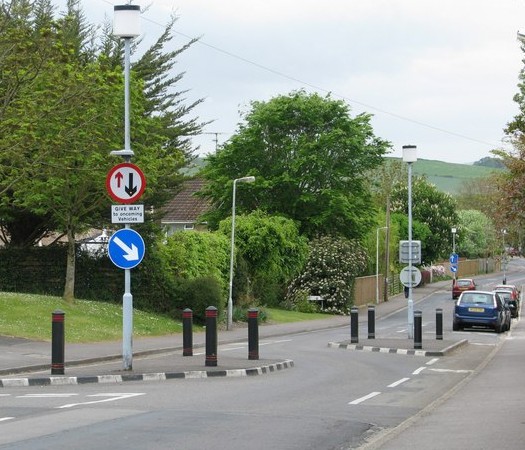 British Gazette readers will know about some prominent closures of firms such as HMV. The reasons given are the growth of online shopping and the recession. We do not dispute this. However, the idiots who run or country both at the national and local authority level are applying the wrong policies, polices that make the situation worse, not better.
British Gazette readers will know about some prominent closures of firms such as HMV. The reasons given are the growth of online shopping and the recession. We do not dispute this. However, the idiots who run or country both at the national and local authority level are applying the wrong policies, polices that make the situation worse, not better.
Let us ask this question: When did you last drive your car into a city or town centre to do some shopping?
Many will answer that it was quite a time ago. Generally, car owners eschew the city and town centres in favour of out of town retail parks where parking the car is not a problem or opt for an online or mail order purchase.
For those readers unfortunate to have their place of work located in a city centre they may well have to endure a daily commute, an exercise in misery going and coming.
So, what is to be done?
There needs to be a complete revolution and a reversal of policy. All the traffic calming (sleeping policemen and road narrowing) needs to be removed. Most one way systems need abolishing. Restricted occupant lanes, bus lanes and cycle lanes need to be removed.
What to be put in their place?
Two way streets that have no on street parking. This means the removal of all parking meters. No cars to park on the street. Double yellow and double red lines throughout.
But where can I park the car? And how much is it going to cost me?
Answer; council owned multi storey or underground car parks. These to be placed in the city and town centres, including next to the railway stations and bus stations which should be adjacent to each other. Such car parks should also be built on the edge of city and town centres near arterial roads. As for the cost, possibly nothing. What the British Gazette proposes is this. The car driver drives to a multi storey city centre car park and parks his car. He takes a ticket that he will have to present at the exit in order to leave – where payment will be made. This method is common in NCP car parks. Many readers will be familiar with such.
OK then, you ask, what next?
Upon collecting the ticket the car driver will take it with him – there will be no requirement to leave it in the car. The ticket will have had printed upon it a computer generator bar code. If the car driver makes a purchase at a shop he will be able to present this to the sales assistant who will scan it into the terminal in much the same way as they would scan in a loyalty card. The car driver when returning to the car park will pay at the exit – by debit or credit card.
OK then, you ask, what about the money?
The answer is that the car driver will receive a full or partial refund depending upon the amount they will have spent. The refund will be paid by the council and will go to the account upon which the original transaction was done – that is the transaction in the car park. This will of course require data sharing betwen retailer, card provider and council.
The out of town car multi storey parks should be part of a park and ride system with the buses entering the building at the ground level. This will enable car drivers to park and leave their cars, proceed to the bus stop under cover without the need of getting wet if it is raining.
There will be those who will fret about the removal of speed bumps and will fear drivers speeding. There is a simple answer to this. Replace the speed bumps with speed cameras.
Speaking the Truth unto the Nation
